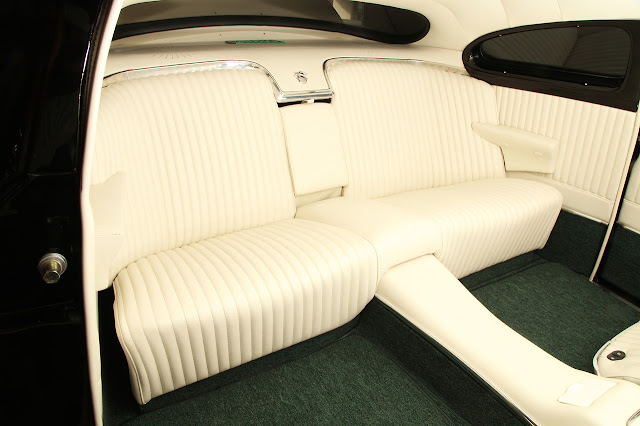WARNING: This blog contains copious amounts of adult GAY material. If that's offensive to you, please leave now. All pix have been gleaned from the internets so, if you see a picture of yourself that you don't wish to have posted here, please leave a comment on the post and I will remove it with my apologies.
I REPEAT: If you see a picture of yourself that you don't wish to have posted here, please leave a comment on the post and I will remove it with my apologies.
I REPEAT: If you see a picture of yourself that you don't wish to have posted here, please leave a comment on the post and I will remove it with my apologies.
Saturday, January 04, 2025
Friday, January 03, 2025
2025.0103.0003...
Click on headline for the whole story...
The Ditching of Pan Am Flight 6
On October 16, 1956, Pan Am Flight 6 (a Boeing 377 Stratocruiser long-range airliner developed from the C-97 Stratofreighter military transport), departed on a around-the-world commercial passenger flight (N90943) from Honolulu, Territory of Hawaii, at 8:26pm HST on the concluding leg to San Francisco. After passing the point of no return, the number one engine entered an overspeeding regime. The First Officer, who was flying the plane, immediately slowed the aircraft by further reducing power and extending the flaps, then an attempt was made to feather the number one propeller.
The propeller would not feather and the engine continued to turn at excessive RPM. The captain decided to cut off the oil supply to the engine. Eventually, the RPM declined and the engine seized. The propeller continued to windmill in the air stream causing excessive parasitic drag which significantly increased the fuel consumption. Climb power was then applied to the remaining three engines in an attempt to slow the rate of descent. The number four engine then began to fail and soon was able to produce only partial power at full throttle. At 0245 the number four engine began to backfire, forcing the crew to shut it down and feather the propeller.
The crew calculated the additional aerodynamic drag left them with insufficient fuel remaining to reach San Francisco or return to Honolulu. At that time the United States Coast Guard maintained a ship known as Ocean Station November between Hawaii and the California coast. Pan Am Flight 6 was flown to the USCGC Pontchartrain's location and circled the station until daylight. They finally were able to level off at 2,000 feet with just the power of the two remaining engines.
The Ditching of Pan Am Flight 6
On October 16, 1956, Pan Am Flight 6 (a Boeing 377 Stratocruiser long-range airliner developed from the C-97 Stratofreighter military transport), departed on a around-the-world commercial passenger flight (N90943) from Honolulu, Territory of Hawaii, at 8:26pm HST on the concluding leg to San Francisco. After passing the point of no return, the number one engine entered an overspeeding regime. The First Officer, who was flying the plane, immediately slowed the aircraft by further reducing power and extending the flaps, then an attempt was made to feather the number one propeller.
The propeller would not feather and the engine continued to turn at excessive RPM. The captain decided to cut off the oil supply to the engine. Eventually, the RPM declined and the engine seized. The propeller continued to windmill in the air stream causing excessive parasitic drag which significantly increased the fuel consumption. Climb power was then applied to the remaining three engines in an attempt to slow the rate of descent. The number four engine then began to fail and soon was able to produce only partial power at full throttle. At 0245 the number four engine began to backfire, forcing the crew to shut it down and feather the propeller.
The crew calculated the additional aerodynamic drag left them with insufficient fuel remaining to reach San Francisco or return to Honolulu. At that time the United States Coast Guard maintained a ship known as Ocean Station November between Hawaii and the California coast. Pan Am Flight 6 was flown to the USCGC Pontchartrain's location and circled the station until daylight. They finally were able to level off at 2,000 feet with just the power of the two remaining engines.
Subscribe to:
Posts (Atom)









































